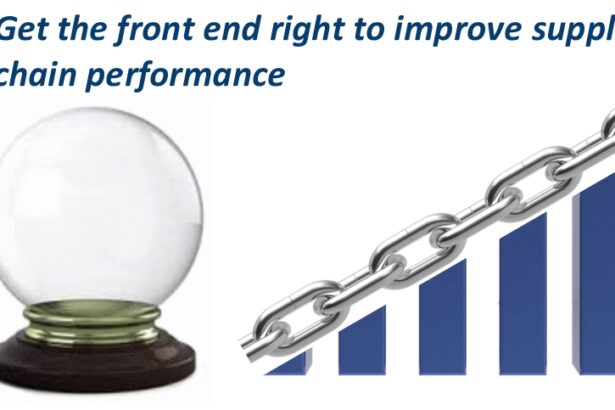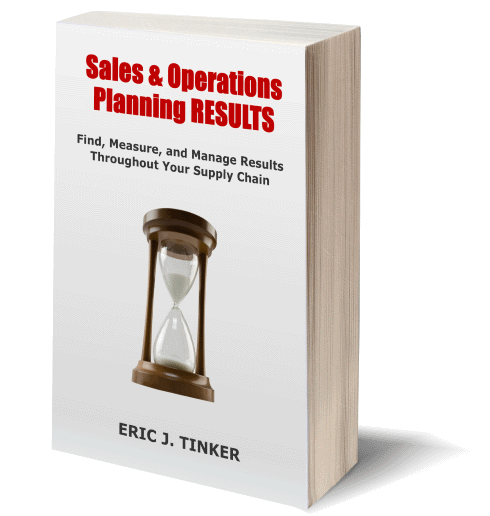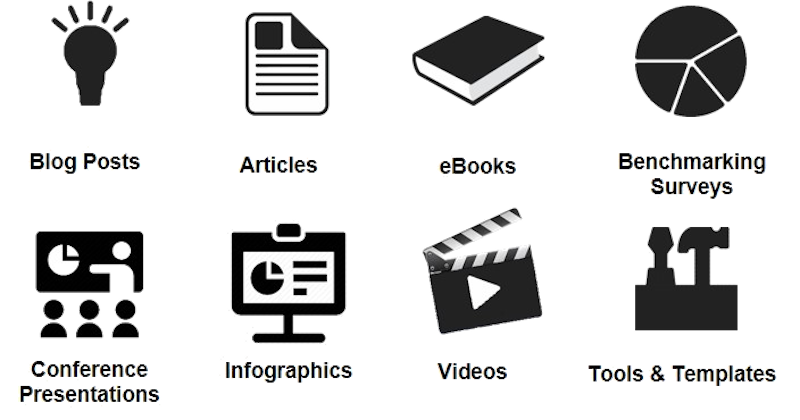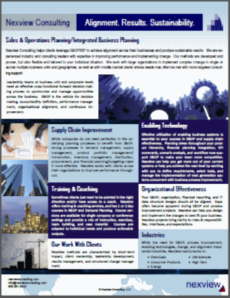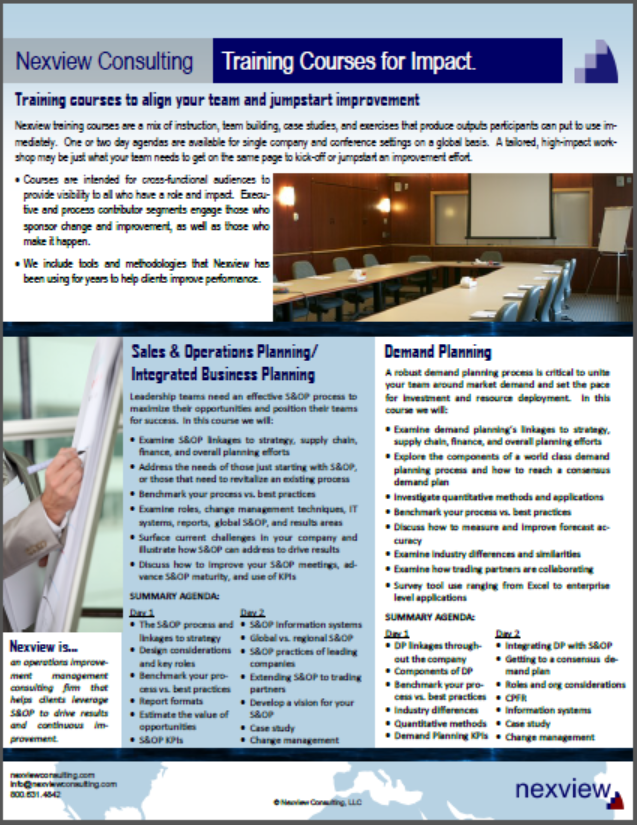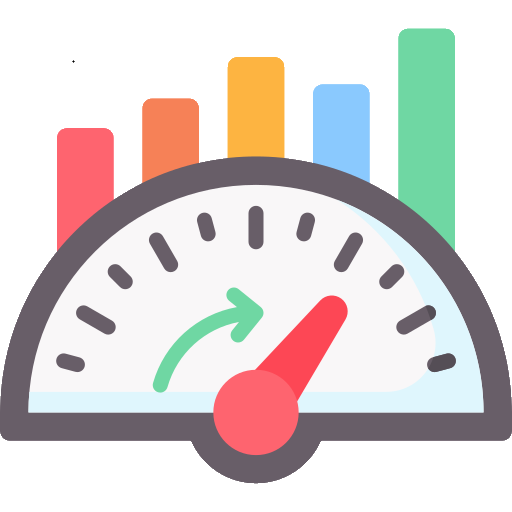Part 3 of 4, Org Considerations for Getting Sales On-Board with Demand Planning

In Parts 1 and 2 we looked at process and IT considerations respectively. In this segment, we’ll discuss organizational considerations that will position you to effectively engage Sales to ensure they are involved and accountable. Toward that end, I suggest the following:
Clarify the roles and reporting relationship of the Demand Management function. This is a whole article in and of itself, but I’ll address it briefly here. Over the last two decades as markets have become even more demand driven, supply chain organizations have matured to address this. Most companies have now implemented the role of Demand Manager to shepherd and own the demand planning process. For a Demand Manager that means things like knowing the market(s) and sales history, correlating market trends and economic factors with demand, collecting inputs and bringing them together, having a point of view, liaising and challenging at all levels as necessary, generating a statistical forecast (including knowing which models to use and maintaining them), running a consensus meeting(s), and integrating the consensus demand plan with the business plan and supply chain execution. Larger companies typically have several Demand Managers who specialize in markets or business units. Demand Managers are quantitative, but are also collaborative leaders. They understand the entire supply chain and act to ensure integration. I’ve seen some companies mistakenly put junior people in these roles who are in no way able to challenge a Regional Sales Manager on their numbers or a Marketing Director on the lift a promotion will actually generate based on what happened last time. Larger companies will often have a junior role (e.g. Demand Analyst) to perform the more data intensive tasks and as these employees gain more experience and collaborative acumen, companies will promote them to Demand Manager/Director to perform the managerial and collaborative tasks to interface with senior level people around the organization. On the other hand, some companies still don’t have these roles and that’ll be a huge challenge for them regarding everything we’re talking about in this 4 part series.
Size the Demand Management function to ensure success. As with most white collar organizational sizing, it’s both art and science. We’ve sized Demand Management functions based on things like market maturity, complexity, volatility, international components or not, size of the interfacing commercial organization, complexity of forecasting models and effort required to maintain them, sophistication of information systems, number of demand consensus meetings to run, and perhaps number of SKUs under management (especially those with high variability). These items basically come down to how much human interaction and stakeholder engagement is required. It’s best to compare these items across business units to give the organizational layout a relative sanity check. For Demand Managers to effectively work with Sales and perform their jobs, it’s very important that they have enough time to build consensus, to complete the analytical portions of their job, and to tie gaps in metrics to business impacts. More on this last point in the next segment. Like most things in business, there isn’t a magic formula. If you’re unsure on sizing, try something and leave a path to correct the allocated resources as you learn more.
Demand Managers need to maintain an independent view. The Demand Management function should generally not report to a commercial organization. Some organizations have Demand Analyst type roles as part of the Sales organization, and while at least they have someone analyzing and aggregating demand, these folks typically aren’t able to stay independent or have much influence. I typically recommend a reporting relationship outside of Sales (perhaps one that’s part of an integrated supply chain team reporting to a Supply Chain Director). This way, Demand Managers can remain independent without fear of ruffling the boss’s feathers.
Make sure the accountability is clear. Who’s accountable for the forecast? Sales? The Demand Management function? I’ve seen it both ways. It also begs the question of who gets the final say if there is a disagreement in reaching consensus. I recommend that Demand Management is accountable for the process and Sales has the final say on the consensus demand plan, and is accountable for the results (i.e. forecast accuracy). If you want to keep someone or some function engaged, make them accountable for results.
In a couple weeks I’ll publish our final segment is this series which will offer some tangible and intangible tips for the toughest thing of all, change management.
See the full article in Supply Chain Quarterly that also covers items related to process, information systems, and change management





